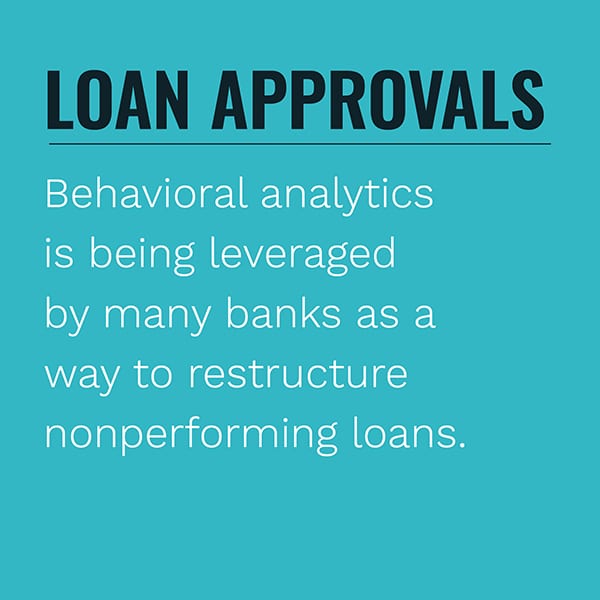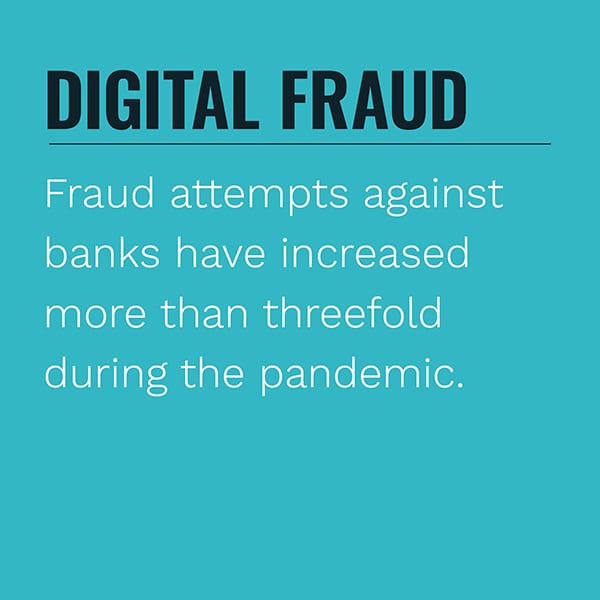Examining this behavioral data, such as how a customer interacts with an online data form, can reveal real-time information and highlight the true intentions of the user, regardless of whether they are opening new accounts or signing up for new services.
These behavioral analytics systems can dramatically enhance merchants’ abilities to distinguish between genuine customers and fraudsters from the very first day of implementation. They can also have an immediately measurable impact on companies’ bottom lines, as reducing fraud rates can decrease losses and improve customer conversion rate amounts to more successfully close sales.
 In the inaugural Monetizing Digital Intent Tracker®: Using Behavior As A Service To Drive Top-Line Growth, PYMNTS explores the latest in the world of behavioral analytics, including how these analytics systems work, their use cases in both fraud prevention and conversion improvement, and how they address customers concerns with data security and privacy.
In the inaugural Monetizing Digital Intent Tracker®: Using Behavior As A Service To Drive Top-Line Growth, PYMNTS explores the latest in the world of behavioral analytics, including how these analytics systems work, their use cases in both fraud prevention and conversion improvement, and how they address customers concerns with data security and privacy.
Developments From The Behavioral Analytics World
The ongoing pandemic has made the use of behavioral analytics more pressing than ever to stop the surge of digital fraud. The number of fraud attempts banks faced grew by more than 250 percent in 2020, with bad actors taking advantage of first-time digital banking users’ inexperience regarding personal security best practices. Account-opening schemes are especially popular, with fraudsters creating new accounts using stolen personal data.
Some fraud prevention methods are facing scrutiny about the security and privacy of the biometric data they harvest. A survey of Chinese consumers found that 80 percent were concerned with possible breaches of facial biometric data, for instance, and any potential breach of this data could be uniquely devastating. This is not a concern faced by behavioral analytics systems, as they monitor precise identifiers that are hard to replicate, such as how quickly and at what cadence users type in identifying details like names and Social Security numbers.
The quickly-developing loans crisis in the banking field is another emerging use case for behavioral analytics. The number of nonperforming loans (NPLs) has skyrocketed over the course of the past year, hitting a total value of more than $127 billion at the end of 2020, up from $95 billion at the end of 2019. Predictive behavioral analytics have proven their worth in restructuring these loans by evaluating customers in real time on their abilities to repay them. Behavioral analytics tools are helping improve customer communication efforts for sales calls, support conversations and difficult collections calls in the banking industry.
value of more than $127 billion at the end of 2020, up from $95 billion at the end of 2019. Predictive behavioral analytics have proven their worth in restructuring these loans by evaluating customers in real time on their abilities to repay them. Behavioral analytics tools are helping improve customer communication efforts for sales calls, support conversations and difficult collections calls in the banking industry.
For more on these and other behavioral analytics news items, download this month’s Tracker.
TransUnion On Reducing Fraud And Cart Abandonment With Behavioral Analytics
The ongoing economic crisis means that businesses of all types can ill afford hits to their bottom lines due to digital fraud and customer abandonment at checkout. Behavioral analytics can make short work of both harmful effects, however.
In this month’s Feature Story, PYMNTS talked with Stothard Deal, vice president of Insurance Solutions at TransUnion, about how the company deploys behavioral analytics systems to examine customer behavior for identifying fraud and checkout frictions.
 Deep Dive: How Behavioral Analytics Can Help Firms Craft Seamless, Fraud-Free Onboarding Experiences
Deep Dive: How Behavioral Analytics Can Help Firms Craft Seamless, Fraud-Free Onboarding Experiences
Consumers have used digital channels more than ever amid the pandemic, leveraging digital banking, eCommerce platforms and more, but this mass digital migration has also emboldened fraudsters to ramp up their schemes online. Firms are finding it increasingly critical to barricade their platforms against fraud, but they must do so in ways that do not sacrifice the seamlessness and speed that customers value.
This month’s Deep Dive examines how the pandemic has affected consumers’ expectations for seamless onboarding, how fraudsters are targeting these platforms, and why implementing behavioral analytics can help firms keep pace with these digital trends.
About The Tracker
The Monetizing Digital Intent Tracker®: Using Behavior As A Service To Drive Top-Line Growth, a PYMNTS and Neuro-ID collaboration, is the go-to monthly resource for updates on trends and changes in behavioral analytics.